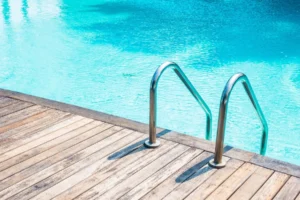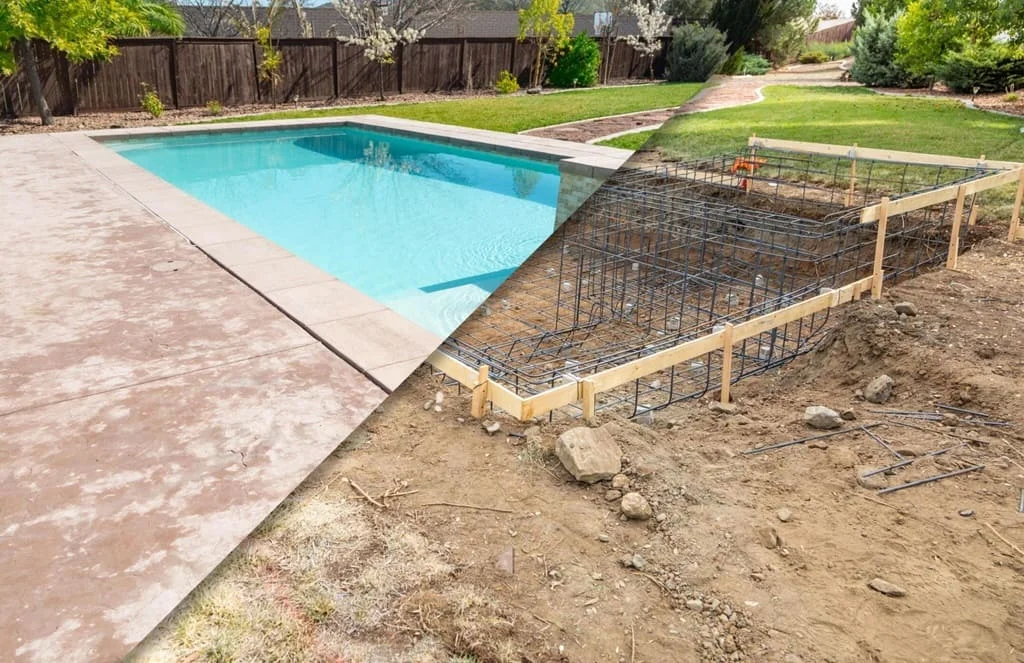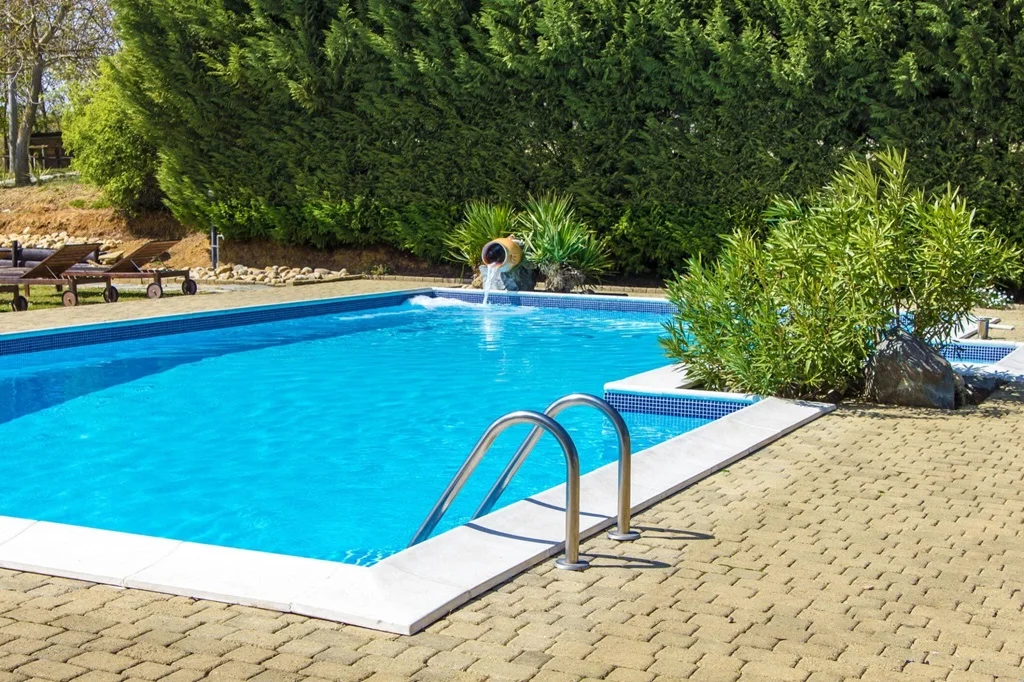
Pool Resurfacing: How Does It Work?
It appears that building a pool is not enough for it to be in tip-top shape all the time! Just like many other things that are more or less in frequent use, your pool needs some maintenance to not just look good, but also be safe for you and your family. That’s why you may want to consider a pool resurfacing, especially if your pool is showing some wear and tear.
What Is Pool Resurfacing?
Pool resurfacing is kind of like giving your swimming pool a facelift. Over time, your swimming pool surface can get a bit worn out from all the fun, sun, and chemicals. It might start showing signs of aging like cracks, stains, or a rough texture that’s not too kind on the feet. That’s where pool resurfacing may help. It’s the process of stripping off the old, tired layer of your pool’s interior and replacing it with a fresh, new surface.
This not only makes your pool look brand new and inviting but also helps keep it in the best shape for longer. You can choose from a variety of materials for resurfacing, like pool replastering, as well as pebble, fiberglass, or tile, depending on your style and budget. It’s a good way to rejuvenate your pool and ensure it remains a favorite hangout spot for tour family and friends.
Benefits of Pool Resurfacing
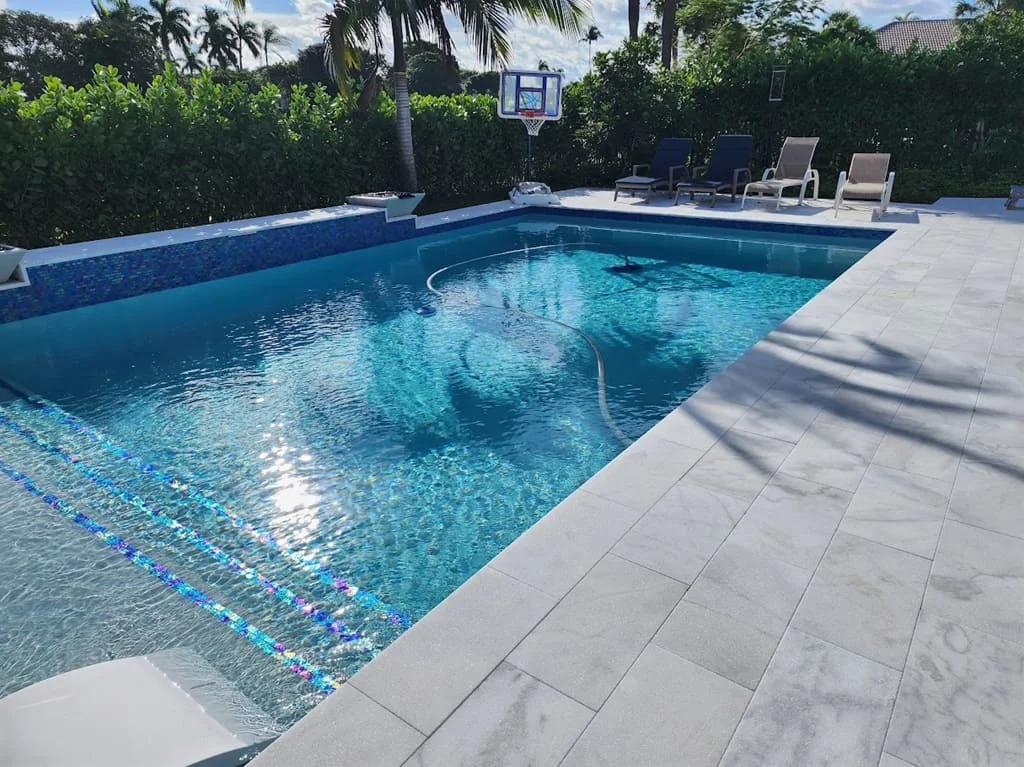
Here’s why it’s a good idea:
- Fresh Look. It instantly transforms your pool, making it look brand new and super inviting. Perfect for those summer pool parties or a simple swim.
- Safety First. A new pool surface means fewer slips and softer landings, keeping those poolside antics safe for everyone.
- Health Benefits. Smooth surfaces don’t give algae and bacteria cozy spots to settle, making your pool cleaner and healthier for everyone.
- Cost Savings. Believe it or not, a resurfaced pool is easier and cheaper to maintain. It means less money spent on chemicals and cleaning in the long run.
- Longevity. By resurfacing, you’re basically giving your pool a new lease on life, extending its durability for years to come.
Pool refinishing is a solid investment that pays off in looks, safety, health, savings, and fun!
Signs a Pool Needs Resurfacing
Knowing when it’s time to resurface your pool can be a bit like reading tea leaves if you don’t know what to look for. But, no worries, here are some clear signs that your pool is shouting for a makeover:
- Rough Texture. If the pool’s surface feels more like sandpaper than silk, it’s time for a change.
- Stains. Stains are tough to remove and scream for resurfacing.
- Chipping or Cracking. Like wrinkles on a face, these are signs of aging in a pool. They can lead to leaks or worse.
- Discoloration. If your pool’s color looks faded or just plain wrong, it’s hinting at a deeper issue.
- Leaks. The most direct sign. If water’s escaping, it might be due to surface problems.
Spotting these signs early can save you a lot of hassle, ensuring your pool stays in good shape.
How To Resurface a Pool
Thinking about gunite pool resurfacing? It’s the process of stripping down the old surface and applying a new one, making it look sparkling and inviting. While you might be tempted to start this project yourself, it’s a bit like deciding to cut your own hair by watching a tutorial – technically possible, but it could lead to some serious regrets. Pool resurfacing involves a lot of steps, special materials, and techniques that require an experienced hand. Going the DIY route can end up in costly errors, from uneven surfaces to improper material application. That’s why turning to a pool resurfacing company isn’t just recommended, it’s a way to ensure your pool’s facelift is smooth, stunning, and correctly done. After all, the goal is to chill by the pool, not add more stress! But generally speaking, here’s how it typically looks like.
Resurfacing Concrete Pools: Plaster Removal
Alright, let’s talk about the first big step in when you decide to resurface inground pool: plaster removal. Imagine your pool’s plaster layer as old wallpaper that’s seen better days. Professionals use big, noisy machines like pneumatic chisels or grinders to chip away the old plaster. This step is crucial because it ensures that the new surface will stick properly and last longer. You’ll need some tools and elbow grease to get the job done. Note that at FM Pools we don’t do fiberglass pools (they’re a bit too expensive and very demanding to repairs, thus not too popular) and vinyl pools (low resale value and very high long term costs). Instead we do timeless classics that look good and last long, like concrete pools.
Fiberglass Pool Resurfacing
This process is all about applying a sleek, new fiberglass coat over your existing pool structure. It’s kind of awesome because fiberglass is super smooth to the touch, meaning no more pesky scrapes on your toes. Plus, it’s got this knack for making your pool water look incredibly clear and inviting, thanks to its reflective properties. Fiberglass is tough as nails, resisting algae and stains effectively, which means less cleaning hassle for you.
Fiberglass pool resurfacing is pretty straightforward. It starts with draining the pool and sanding down the old surface to create a smooth base. Then, a new fiberglass layer is applied, shaped to perfection, and sealed with a special resin that makes it watertight. Finally, it’s polished up until it looks like new.
Resurfacing Vinyl Pools
The process is kind of like changing your bed sheets. First, you drain the pool to give yourself a blank canvas. Then, you remove the old liner, which has probably seen better days, making sure to smooth out any rough spots underneath. Next up, you roll out the new liner, carefully fitting it into every nook and cranny, ensuring it’s snug and wrinkle-free. Fill the pool back up, and there you go, your swimming spot is ready to make a splash again with its fresh look.
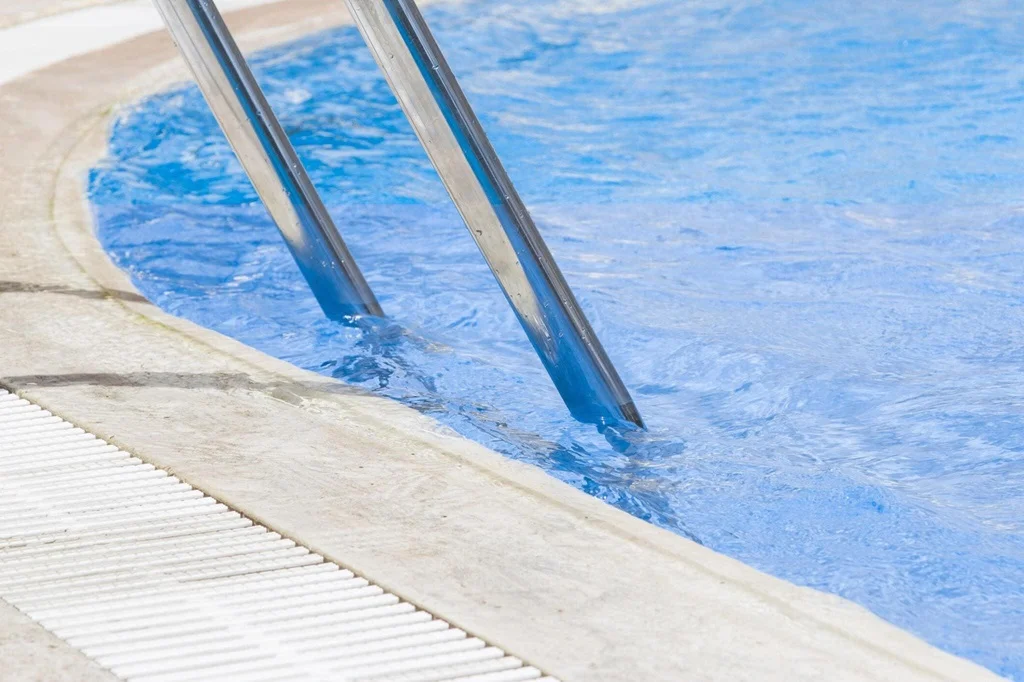
How Often Do You Need to Resurface Your Pool?
Inground pool resurfacing doesn’t need to happen every month, but every so often, it’s necessary to keep things looking sharp. On average, a pool might need a new outfit – ahem, surface – every 7 to 15 years. Of course, this timeline can vary based on what your pool is wearing (its material) and how it’s been partying over the years (its usage and maintenance, note that commercial pool resurfacing needs to happen more often).
Concrete pools might ask for a new look closer to that 7-year mark because they’re a bit more prone to showing their age with cracks and wear.
How Much Does Pool Resurfacing Cost?
Resurfacing your pool can feel like a big financial splash, but it’s an investment in your pool’s longevity and aesthetics. The cost can vary widely depending on the size of your pool, the materials you choose, and where you live. Pool resurfacing cost can vary greatly. If you need actual numbers we highly recommend you getting in touch with us for a personal consultation.
Remember, while DIY might tempt you, professional resurfacing ensures a quality finish and saves you from potential pitfalls and extra costs down the line.
Pool Resurfacing: DIY vs. Hiring a Professional
Starting a pool resurfacing is a bit like deciding whether to bake a cake from scratch or just order a fancy one from the bakery. DIY might seem like a fun, cost-effective endeavor, but it’s a tricky business with a lot of room for error. You’re dealing with materials that need to be applied just right to avoid leaks, uneven surfaces, and a less-than-stellar finish.
Now, if you’re considering teaming up with FM Pools and Outdoor Living pool contractor in Florida, here’s the deal: we’re all about transforming your entire outdoor space into something breathtaking, and pool resurfacing is part of that magic, which may be a new pool construction or an existing pool remodeling. We don’t do resurfacing as a standalone gig – instead, it’s a part of the broader project of creating your dream backyard. While it’s essential maintenance, we focus on incorporating it into larger projects. So, if you’re looking for a complete outdoor overhaul, we’re just the right guys.
-

Craig Frost is a visionary in the pool design industry with over twelve years of experience. Renowned for transforming backyards into personal paradises, Craig's passion for innovative design and sustainable practices shines through in each of his projects. As our blog's author, Craig shares his wealth of knowledge, offering readers a glimpse into the latest trends, eco-friendly solutions, and expert advice on creating the perfect backyard oasis.
